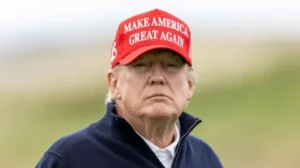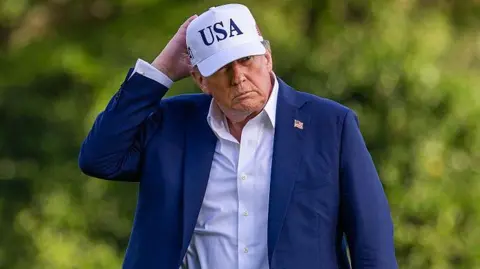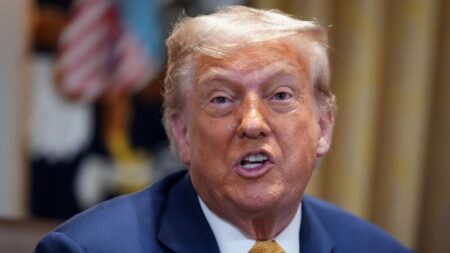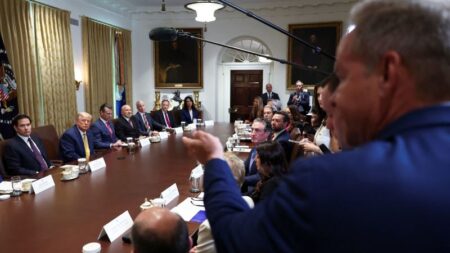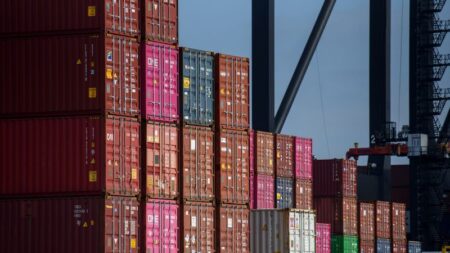In the evolving landscape of international trade, former President Donald Trump has once again delayed the implementation of tariffs, a decision that reflects not only his administration’s strategy but also the intricate dynamics between the United States and its global trading partners. Initially, Trump’s White House boasted an ambitious vision of “90 deals in 90 days,” yet it is becoming evident that the reality falls significantly short of these lofty aspirations. With the new deadline set for August 1, the timeline might extend even further, signaling ongoing negotiations fraught with complexity.
Treasury Secretary Scott Bessent has emphasized that the primary focus has been directed towards 18 countries responsible for a staggering 95% of America’s trade deficit. This focus aligns with a broader strategy that has materialized through communications reminiscent of previously infamous White House initiatives. The planned tariff rates, initially revealed on April 2, seem to have remained relatively unchanged, continuing to depend on a formula that quantifies the deficit as a proxy for “trade cheating.”
As this announcement unfolds against a backdrop of minimal market turbulence, it reflects a notable shift in the global economic atmosphere compared to earlier in the year. Financial markets appear to embrace the tendency for delays, coining the phrase TACO, which humorously suggests “Trump Always Chickens Out.” However, this temporary calm could foster a more prolonged standoff that may lead to an escalated crisis down the line, revealing the administration’s challenges in forging meaningful trade agreements.
International responses have been equally robust, with countries like Japan and South Korea expressing their frustrations forthrightly. The Japanese government has alluded to its substantial holding of US government debt as a potential leverage point, suggesting that it may rethink its economic ties with the US in light of Trump’s tough stance. This development underscores a broader narrative where many nations are unwilling to capitulate easily to American demands and are rather willing to exert their negotiating power.
The situational dynamics remain consistent with earlier trends observed since April. Countries around the world have noticed market reactions when the prospect of a trade war looms, which warns the Trump administration of possible repercussions, including rising prices and shortages for American consumers. Furthermore, there is an ongoing legal contention over the potential illegality of the proposed tariffs, adding another layer of uncertainty to the administration’s efforts.
At the same time, the ramifications of these delays are becoming apparent. The US dollar has depreciated approximately 10% against other currencies this year, contrary to Bessent’s predictions during his confirmation that the dollar’s value would bolster the economic impact of tariffs. The reality has proven different, with trade numbers reflecting significant shifts; Chinese exports to the US have plummeted by nearly 10%, yet China’s exports to other regions are witnessing robust growth.
American tariff revenues have increased, leading to record Treasury receipts in May. However, as the US tightens its trade barriers, other nations are likely to seek new opportunities amongst themselves. Recent trade agreements involving countries such as the UK, India, and members of the EU and Canada are indicative of this trend—a shift towards a more interconnected global trading framework that might detract from America’s previously dominant position.
Notably, the effective tariff rate imposed by the US has surged to around 15%, a stark rise compared to the 2-4% range that has persisted over the last four decades. As anticipation builds around the market’s response, the prevailing calm may not persist; political maneuvering and economic adjustments will play critical roles in the coming months, shaping the future of US trade relations and their broader implications in the world economy.
In summary, Trump’s decision to delay tariffs illustrates a complex interplay of domestic ambitions and international realities. The administration’s struggles with deal-making underline the potential challenges that lie ahead, not only for America’s trade policy but also for its relationship with key global economies. As the situation continues to develop, both allies and rivals will likely take note of America’s evolving position and adapt their strategies accordingly, illustrating the dynamic nature of global trade.


